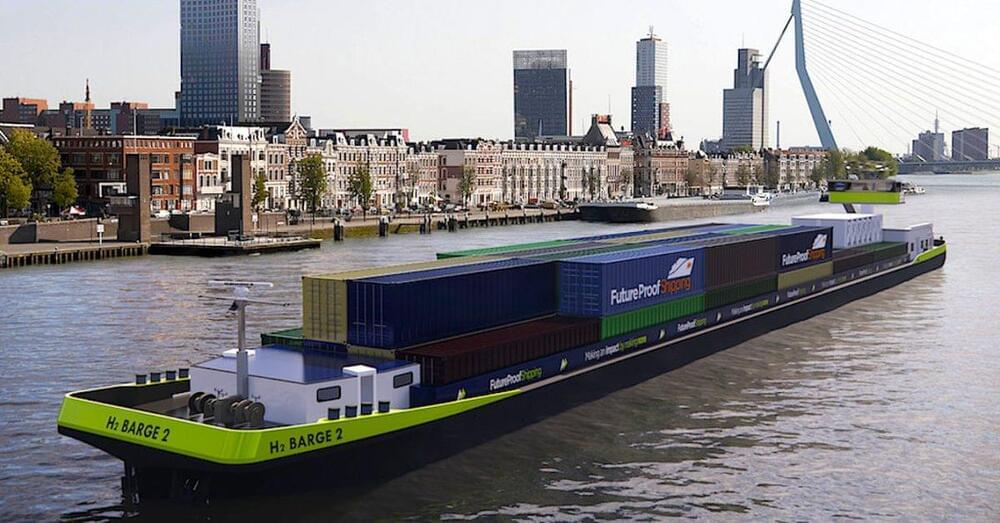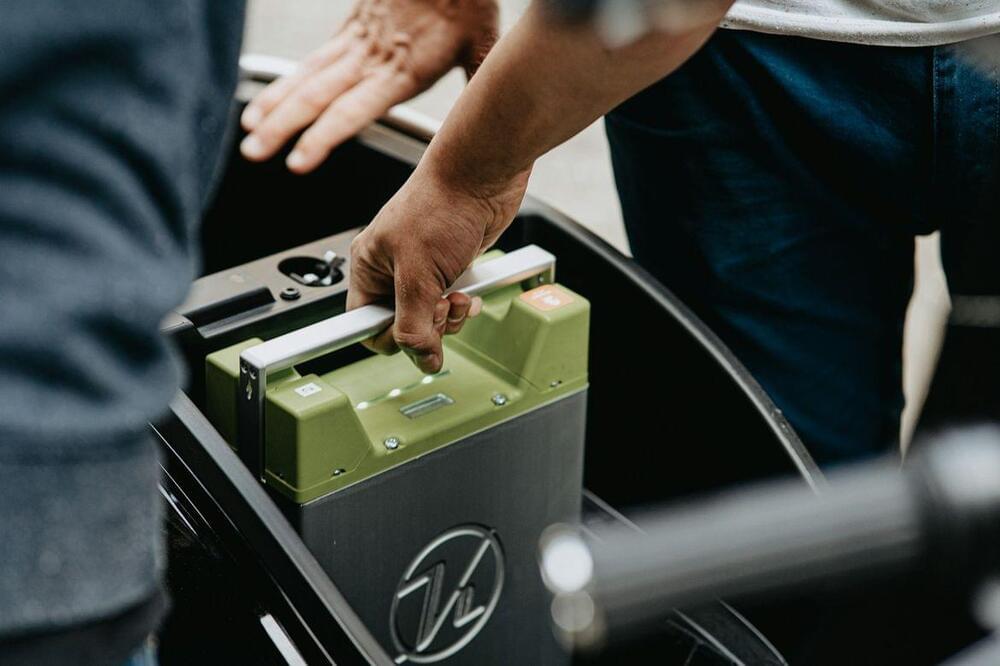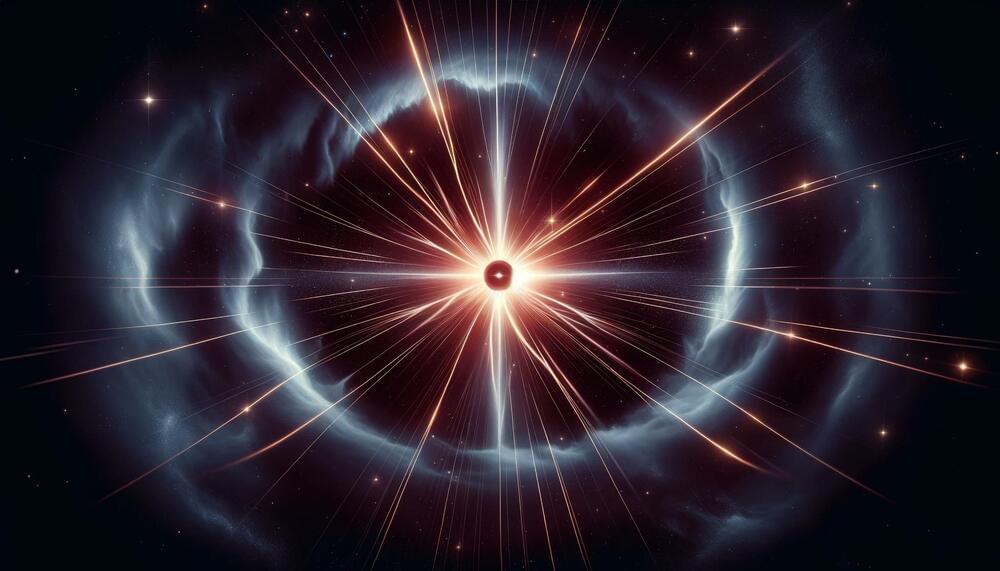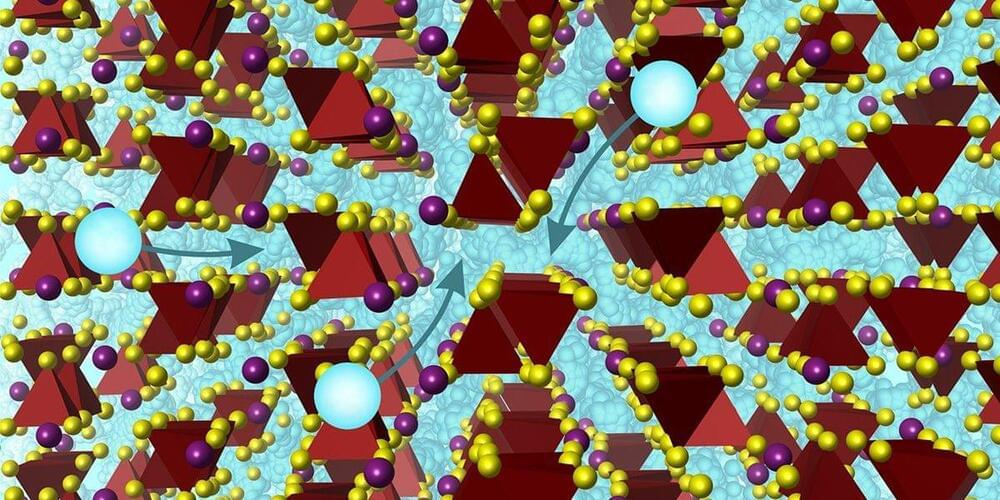
The H2 Barge 2 is a hydrogen fuel-cell powered ship designed to transport containers on the Rhine between Rotterdam (NL) and Duisburg (DE) with zero emissions that could represent a massive reduction in carbon emissions.
Developed by Dutch shipowner Future Proof Shipping (FPS) and funded by the EU Flagships project and the Interreg ZEM Ports NS project, the H2 Barge 2 (formerly Fenny 1 and FPS Waal) was built as a conventionally powered containership before being converted to electric drive – with the 1.2 MW of power to drive the vessel’s motors coming from six PEM fuel cells, hydrogen storage, and a number of battery packs placed below deck.
Compared to its previous incarnations, the H2 Barge 2 is expected to reduce 3,000 tons of CO2 annually while sailing a comparable amount of shipping containers up and down the Rhine. And, in doing so (the company says), the vessel proves that the European river fleet can be, “fully zero emission already today.”

















